
Hippolyte Adolphe Taine was a French critic and historian. He was the chief theoretical influence of French naturalism, a major proponent of sociological positivism and one of the first practitioners of historicist criticism. Literary historicism as a critical movement has been said to originate with him. Taine is also remembered for his attempts to provide a scientific account of literature.

Yasunari Kawabata was a Japanese novelist and short story writer whose spare, lyrical, subtly-shaded prose works won him the Nobel Prize for Literature in 1968, the first Japanese author to receive the award. His works have enjoyed broad international appeal and are still widely read.

Kambara Ariake was the pen-name of a Japanese poet and novelist active during the Taishō and Shōwa periods of Japan; he is often known as Kambara Yumei.
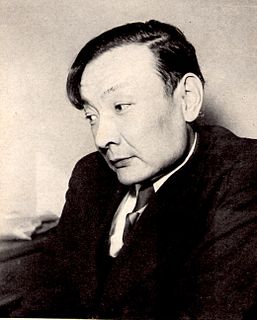
Ken'ichi Yoshida was a Japanese author and literary critic in Shōwa period Japan.

Hideo Kobayashi was a Japanese author, who established literary criticism as an independent art form in Japan.

Hidemi Kon was a literary critic and essayist active in Japan during the Shōwa period.
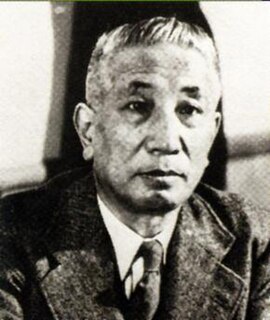
Masajirō Kojima was a Japanese novelist active in Shōwa period Japan.

Kiyoshi Jinzai was a Japanese novelist, Russian translator and literary critic active during the Shōwa period of Japan.
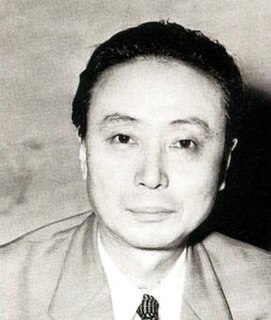
Jun Takami was the pen-name of a Japanese novelist and poet active in Shōwa period Japan. His real name was Takami Yoshio.

Michio Takeyama was a Japanese writer, literary critic and scholar of German literature, active in Shōwa period Japan.
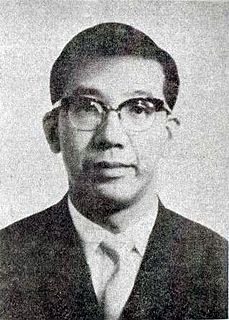
Jun Etō was the pen name of a Japanese literary critic, active in the Shōwa and early Heisei periods of Japan. His real name was Egashira Atsuo.

Mitsuo Nakamura was the pen-name of a writer of biographies and stage-plays, and a literary critic active in Shōwa period Japan. His real name was Koba Ichirō.
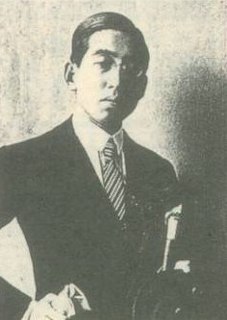
Daigaku Horiguchi was a poet and translator of French literature in Taishō and Shōwa period Japan. He is credited with introducing French surrealism to Japanese poetry, and to translating the works of over 66 French authors into Japanese.

Hayashi Fusao was the pen name of a Japanese novelist and literary critic in Shōwa period Japan. He is known for his early works in the proletarian literature movement, although he later became a strong ultranationalist. His real name was Gotō Toshio (後藤寿夫), although he also used the alias "Shirai Akira".

Ikuma Arishima was the pen-name of Arishima Mibuma, a Japanese novelist and painter active in the Taishō and Shōwa period. He also used Utosei and then Jugatsutei as alternative pen names.

Ozaki Kihachi was a Japanese poet active during the Shōwa period of Japan.
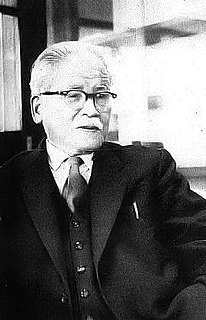
Yoshishige Abe was a philosopher, educator, and statesman in Shōwa period Japan. As Minister of Education in the immediate post-war era, he oversaw major reforms to the Japanese educational system.

The Eighteenth Brumaire of Louis Napoleon is an essay written by Karl Marx between December 1851 and March 1852, and originally published in 1852 in Die Revolution, a German monthly magazine published in New York City and established by Joseph Weydemeyer. Later English editions, such as an 1869 Hamburg edition, were entitled The Eighteenth Brumaire of Louis Bonaparte.

Ikuta Chōkō was the pen-name of a noted translator, author and literary critic in Taishō and Shōwa period Japan. His real name was ’Ikuta Kōji’.
Tane maku Hito was a Japanese proletarian literary magazine in the early 1920s.



















